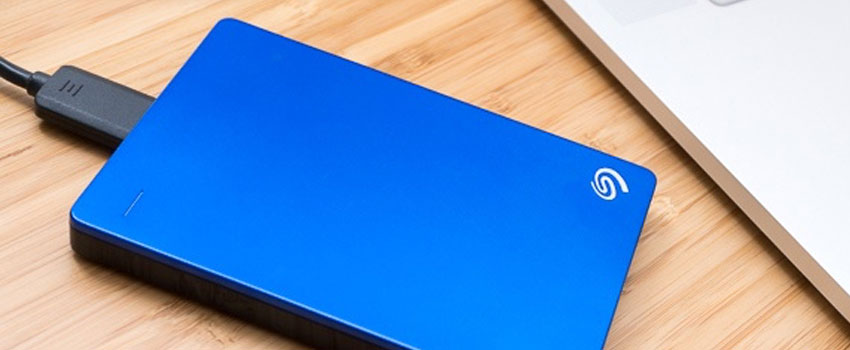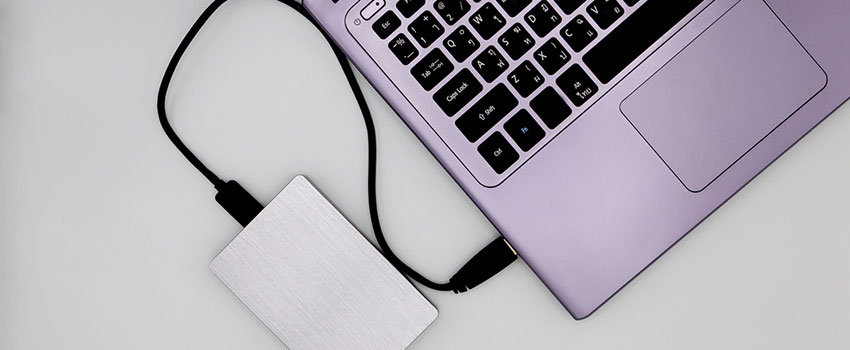For decades, the secondary hard drive is being used as the most common and simple medium of data storage. It is also a great medium to support data backup and act as backup software. But has anyone given a thought that it can be used to switch across different versions of the operating system too? Apart from conventional storage mediums like portable hard drives, solid state drive (SSD) and USB 3.0, the secondary hard drive is quite conventional and easy to use. Not just different versions, the secondary hard drive can also be used to switch across the different operating systems. For example, consider a situation where someone has installed a Windows 10 on his/her personal computer but wants to work on Linux or have a program that is compatible with Linux or macOS. A secondary portable external hard drive is the one way to do so. Let’s find out how it can be done.
Dual Booting
Before getting into the sneak peeks of booting from secondary solid state drives or passport portable hard drive, there is a concept named dual booting which needs to be understood. Furthermore, to learn how booting from secondary storage solutions or any other bootable desktop drives works, dual booting is a must.
Generally, an operating system is by default installed on the internal hard drive of the system. When we boot our system, the BIOS (Basic Input Output System) calls the boot loader to load from the hard drive. This boot loader, in turn, loads the installed operating system, and the normal operation of the Windows commences.
However, given the special circumstances, there can be a situation where we need two different operating systems on the same machine. So, in this situation, we install the second operating system or required version of the already installed OS on the secondary hard drive. Once connect via USB or through other means to the system, it will load the second operating system in the same way it loads the primary operating system. This process is known as dual booting.
Boot from the Secondary Hard Drive
Installing a desired operating system on the secondary hard drive isn’t a much tricky job. It is same as read and write operation where the desired OS is written on the secondary drive, depending on its write speed. But booting the desired version or operating system from the secondary storage space can be tricky. However, below mentioned steps would let anyone successfully boot from the secondary hard drive:
Step 1:
The first step involves the restart or system shut down. Connect the concerned secondary hard drive with the system and then reboot the system. It must be noted that if a device is connected while the system is connected, then the system restart is required, otherwise boot process won’t proceed. In case of system start upon connecting the plug and play secondary hard drive, wait for the initial setup menu to appear.
Step 2:
For the secondary operating system, install or setup button will appear on the screen. Once you click on this, choose a drive menu which will appear on the computer screen. Select the partition navigating towards secondary hard drive. There is a little hack to crack the situation if someone does not know exactly about the right partition. If the system’s internal hard drive has only one partition, which would most probably be “C: Drive”, then the partition stated as “D: Drive” will be the secondary hard drive’s partition. In case the primary hard drive has two partitions, then secondary hard drive’s partition will be shown as “E: Drive”. Select the relevant drive and proceed towards the third step.
Step 3:
In case you want to create additional partitions on this hard drive, then follow the remaining prompts to do so. Otherwise, jump towards formatting the hard drive with required system files. Let the installation process to copy essential files and finish personalizing the secondary operating system. Once it is done, reboot the system when asked to do so. Once it is restarted, a window will pop up, indicating Windows Boot Manager.
Step 4:
Once the pop-up window appears, select the primary operating system, say Windows 10, and press Enter. Then, on the welcome screen, log in with the user credentials such as username and password. If you haven’t set up login restrictions, then pressing Enter would ultimately lead to the desktop, skipping the login screen.
Step 5:
Open the Start menu and type “msconfig”. Pressing the Enter button will take you to the System Configuration window. Here in this window, click on the tab shown as “Boot”.
Step 6:
Select the operating system that you want to boot on the start-up interface. Remember that, by default primary operating system or the operating system installed on the internal hard drive will boot. However, it isn’t a pet rule, and it has been seen that the Windows Boot Manager screen also allows users to choose the operating system they want to boot.
Step 7:
This last step involves the timing setting. For this, insert the figure (in seconds) corresponding to the time you want Windows Boot Manager to remain appeared and let you make the selection. By default, this timeout setting is set at 30 seconds. But you can modify this and can enter the value of your choice. Lower this time if you want that pc should boot the default operating system and do not wait for your instruction. However, increase this time if you think that you need more time to decide to boot the required operating system.
Once this is all done, click on the Apply button and then close the boot menu by clicking OK. For the settings to take immediate effect, restart the system. Upon restarting, you may see the Windows Boot Manager asking for the operating system to boot. Make a selection and continue using the selected operating system.




